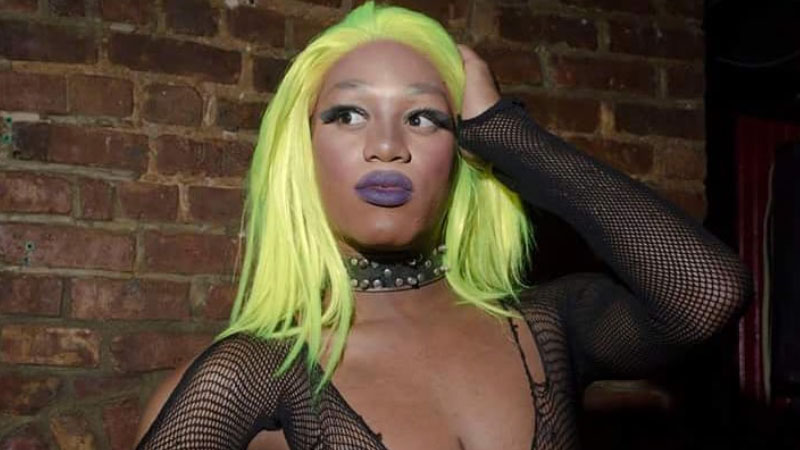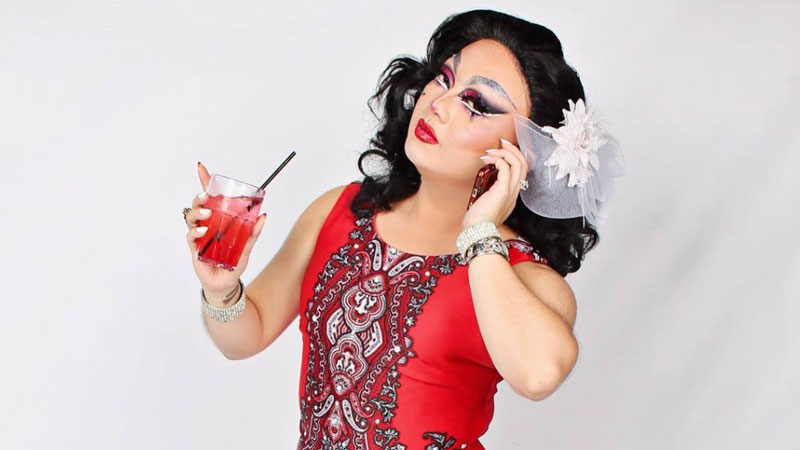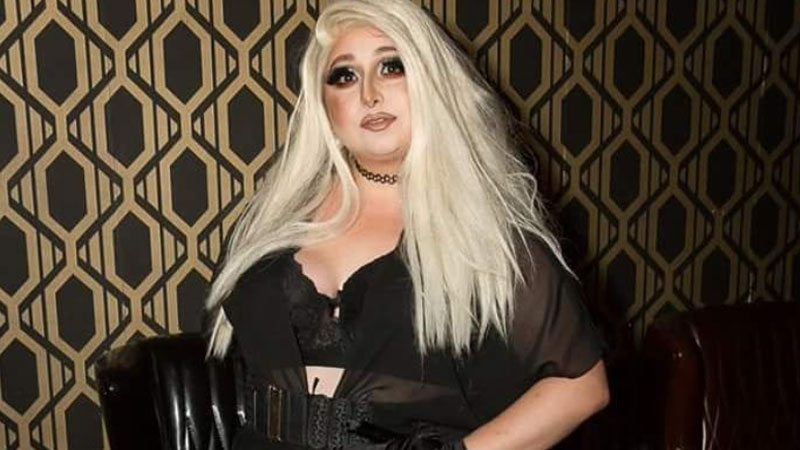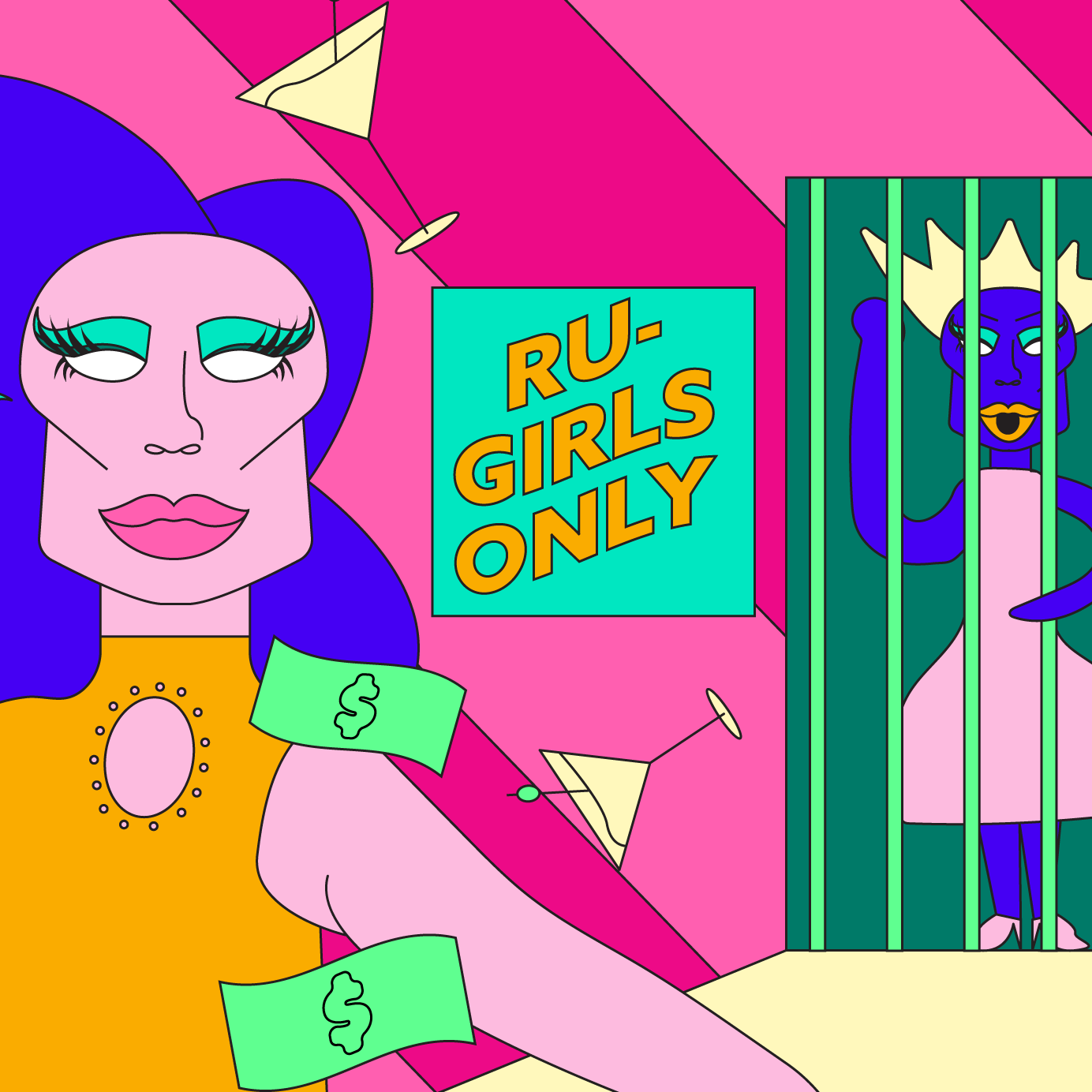In less than a decade, drag has gone from late-night sideshow act to mainstream art, covered in the world’s most esteemed publications. A queer renaissance — heralded by shifting social norms, changing fashion trends, and one particularly notable TV show — is creating an entertainment boom that bars, nightclubs, and programming managers are eager to fill.
The relationships between drag, its performers, and the venues that host their events, however, are having trouble keeping up with the times.
As a DJ who has played in queer nightlife venues for over a decade, I’m often left speechless by how little pay some LGBTQ artists I work with leave with at the end of the night. Because of institutional homophobia, and eons of devaluation of queer art, many discussions about the labor practices inside gay bars are not seen as legitimate concerns.
Now, as the number of drag performers exponentially increases around the globe and audiences grow, many venues are not fairly negotiating compensation for the acts who bring art, attention, and, most crucially, profits to their bars. Drag queens and kings often resort to second, third, or fourth jobs to sustain what unfortunately becomes an expensive hobby instead of a viable source of income.
“Supply totally outweighs demand in the post-Drag Race era,” Grant Cederquist, a production assistant on Brooklyn-based drag events, says of the power of venue owners. “Unless they care about your art on a personal level, you’re a replaceable amusement with absolutely no negotiating leverage.”

*
Gay bars are extraordinarily important for LGBTQ people. Although not always taught in social studies classes, gay bars are and have been important sites for community organizers and activists. It was at NYC’s Stonewall Inn, now a queer landmark, where drag queens, fed up with police persecution, rioted and catalyzed the 20th-century gay rights movement.
Now, as ever, drag shows are predominantly held in gay bars. The modern economics of the investment-versus-payoff is staggering.
According to Brooklyn-based drag performer Devo Monique, one night’s show at a bar usually requires nine to 10 hours of preparation, including sewing or curating outfits, applying makeup, choreographing and practicing a routine, organizing setlists, and promoting the event on social media.
The material and temporal costs of creating these fantasies are never covered by the venues. This kind of invisible labor is not considered when pay is distributed.
“It’s a huge mental prep a lot of people don’t see or recognize, especially if you’re giving a new look,” Monique says. “A lot of girls still work for free. Some have a flat rate. All gigs pay differently … It really depends where you work.”
Monique’s performances typically run from around 10:00 p.m. to 4:00 a.m. They average about $125 per night of performance, which sometimes involves stops at several bars.
Richard Nordin, a Boston-based DJ who throws an esteemed monthly night of queer techno and drag performance called Houseboi, estimates he puts in a similar amount of work but with even less pay. He says he takes in about $50 of profit (if he’s lucky!) after payouts to performers, promoters, and the person working the door.
“The Boston model is usually bar minimums, and if we don’t meet it, we pay for the privilege of spending our own time and money making the bar money,” Nordin says.
Vylette Tendency, another New York-based performer, estimated their take home to average between $30 to $80.
“But if we are talking about the show I produce, I generally don’t actually take home pay [at all],” they say. “I want to make sure all my performers are getting a decent pay.”
There are no labor unions to demand more (or any) compensation from bars, and most transactions happen in cash.
“We don’t get money on time,” Emi Grate, a Burmese drag queen who produces and performs in the tri-state area, says. She finds herself repeatedly calling venue owners the weeks after a performance to chase payment. “And when we do get paid, we get paid way less than minimum wage. “
Performers are left with no recourse for betterment, no health insurance, and little hope for improvement. And those who do complain can lose future opportunities by getting a reputation for being “difficult.”
“I just got my work permit; this has been my main source of income,” Grate says. “I just had to take whatever was given.”

*
Bars willingly shell out hundreds (or sometimes thousands) to performers who have competed on RuPaul’s Drag Race, but give little to nothing to the local performers who sustain their businesses when the so-called RuGirls are not in town. Adding insult to injury, these local performers, some of whom have considerable social media presences, do considerably more outreach and promotion for the venues than those riding on a built-in TV audience.
Some performers think drag venues are loathe to hire social media managers because they know they can essentially get promotion for free from hip queens with burgeoning followings.
“Most of the time we do all of the promotion for the venue,” Grate says. “They will post once on their page when I make the event and one more time the day of.”
Grate has come to expect no other promotion from the venues, “and no promotion budget… Promoting the event means posting about it every day and messaging [potential attendees] one by one because social media is too complicated for these things to show up in news feeds.”
Grate also does all the graphic design for her events, drawing her own posters. “It takes at least two hours — and that’s if I’m being lazy,” she says. “It’s work! It’s a lot of work!”
With hourly rates somehow out of the question, drag performers are often held to the whims of capricious management who decide what parties are in and what events are out.
“Some owners/managers really involve themselves in the art and pose themselves as patrons, but too many of them see entertainers are interchangeable decorations,” Cederquist says.
*
Gay bars, like most nightlife establishments, rarely have anything resembling a human resources department. This is a huge problem in any industry, but particularly fraught for drag performers.
These artists often face racism or sexism from both employers and audiences, especially if they are not white, cisgender gay men. But they are very hesitant to report misconduct or abuse to law enforcement because of the complicated relationship between police and the LGBTQ community. As a result, drag performers’ grievances can often become heated public issues, instead of behind-closed-doors, professional conversations.
Honey Davenport, a prominent and beloved queen based in New York City, recently had to take an issue with her home bar, The Monster, to the press. Davenport recently spoke out publicly after receiving messages from an employee at The Monster saying that her party appeared to be a “black night,” which was “not good for the business.”
As an act of protest, Davenport moved her parties to a different location. The Monster faced significant blowback and cancellations from others planning to host functions at the venue.
“I’ve seen owners implicitly and explicitly express racism towards black folks” Grate says. “It’s a pretty common thing.”
Similarly, many of these bars face internal sexual harassment issues that cannot be resolved through traditional channels for the same reasons. Grate says that her performers often don’t feel safe in the spaces they work.
“The power dynamic is f*cked up,” she says.

*
So what can be done to fix these conditions? Most of the professionals who participate in drag are at a loss for clear-cut solutions.
“If I knew of a way, I’d be working on it already,” Grate says. “I do believe that everyone who works on a show should be paid something.”
Ideally, the relationship between artists and the spaces that host them would be symbiotic. Anyone who performs anywhere, be it a drag artist in a bar, cellist in a concert hall, or cheerleader in the NFL, is doing a job. Their work requires time and effort, and they deserve to be compensated for it.
Bars need to start treating the kings, queens, DJs, burlesque dancers, and other unclassifiable and non-binary performers like actual employees, not disposable accessories or window dressing. If a venue can pay a union lighting director an hourly wage, why should those on the stage expect any less?
I reached out to several bar owners and managers while writing this article. None responded to my requests for comments.
